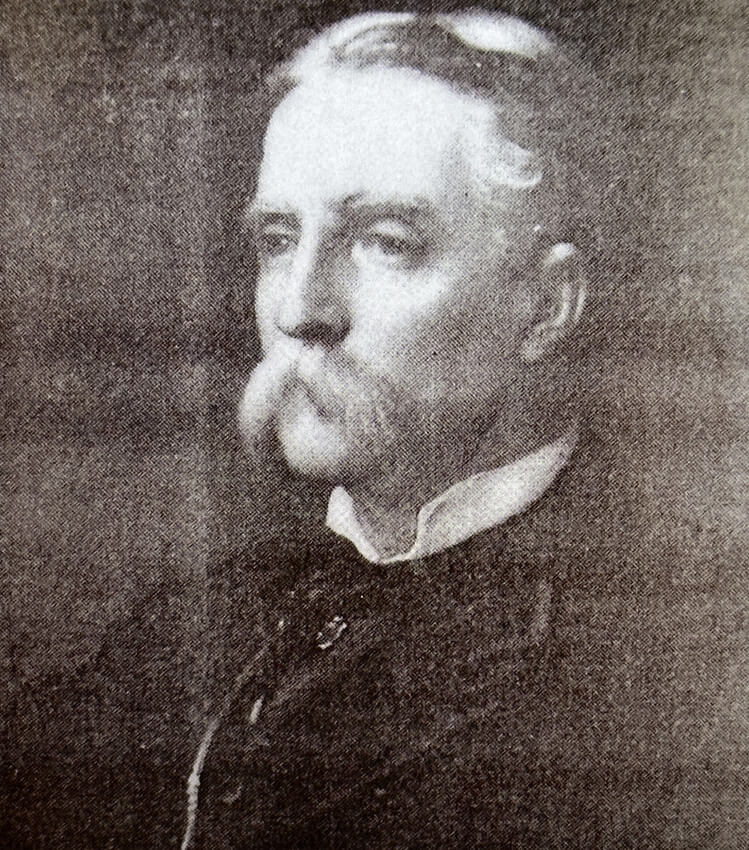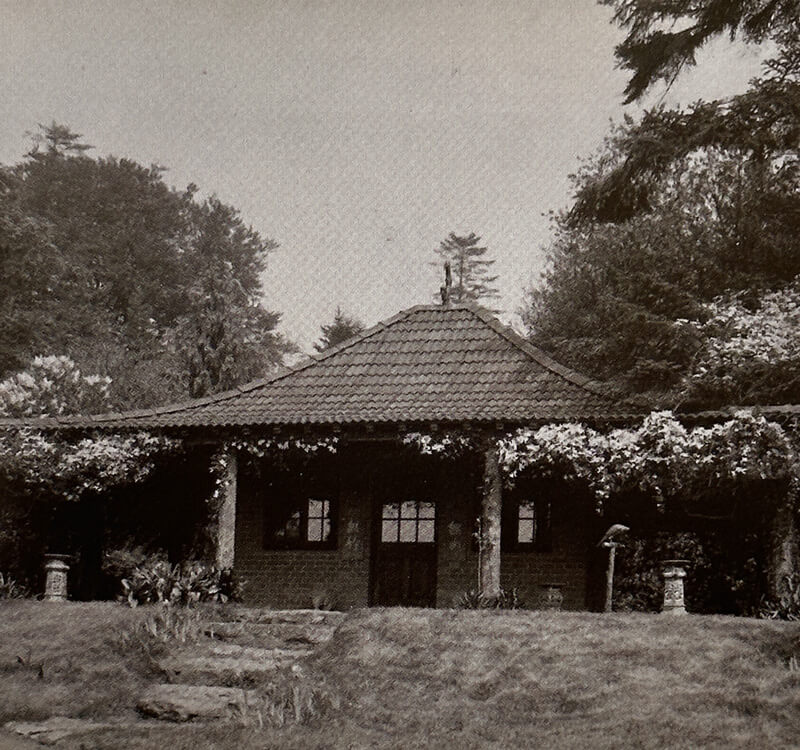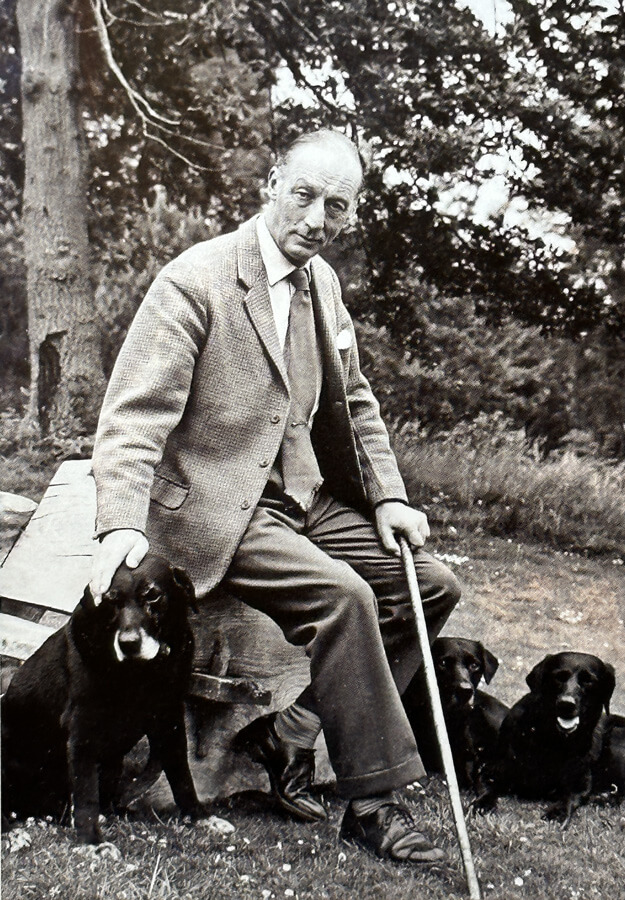History

Algernon Bertram Freeman Mitford
In 1886 the estate was inherited, indirectly, by Algernon Bertram Freeman-Mitford, later to become the 1st Lord Redesdale in 1905. During the 1860s he worked for the foreign office in Russia, Japan and China. An accomplished linguist and recognised authority on Chinese and Japanese culture and politics, Mitford fell in love with the oriental landscape – a passion which directly influenced his design for the arboretum. On his return to the UK in the 1870’s, Mitford was secretary to the Ministry of Works which, at that time administered Kew Royal Botanical Garden. His long-standing friendships with three successive directors at Kew also proved to be of great benefit to Batsford!
On inheriting the estate, Mitford moved permanently to the Cotswolds and between 1886 and the early 1890’s, he knocked down the old Georgian mansion which stood in the grounds and built the neo-Tudor house you see today, designed by Earnest George (possibly with Harold Peto) and now privately owned. Mitford’s influence on the gardens was equally radical. He all but erased any trace of the old layout and created a wild garden of naturalistic planting derived from his observations in China and Japan. By now an accomplished plants man and authority on bamboos, he created one of the foremost collections of the time – some of which remain to this day. Many of the trees he planted at that time form the backbone of the present collection – at least in terms of stature.


The Japanese Rest House in 1914
Mitford also built the 600 metre artificial watercourse which runs down the western side of the gardens as well as other features such as the hermit’s cave, rockeries, the thatched cottage and a Japanese Rest House, complete with rooftop dragon to ward off evil spirits! Around the main entrance you’ll find Chinese characters which reference the beauty of bamboo – a plant held in high esteem in the Far East due to its many uses, from providing young shoots for food to scaffolding poles! There are also several bronze statues near the Rest House including Buddha, two Japanese deer and a mythical beast called Foo Dog with its paws raised on a cloisonné enamelled globe. The Buddha and deer were imported in 1900 by Mitford – now claiming to be a Buddhist, and are said to represent Buddha practicing his first sermon in a deer park.
Following his death in 1916, Batsford Park was inherited by David Mitford – who moved into the house with his infamous family. Their time at Batsford was short though. The huge costs associated with running such a large house meant they were forced to sell it after World War I.
The estate was bought by Gilbert Alan Hamilton Wills, later the 1st Lord Dulverton who, along with his wife, Lady Victoria took a great interest in the gardens, particularly the more formal areas and the walled garden.

The Mitford Sisters

The 2nd Lord Dulverton
During the Second World War and in the years following the wild garden became overgrown and fell into neglect until Frederick Anthony Hamilton Wills succeeded his father as the 2nd Lord Dulverton in 1956. Although modest about his achievements at Batsford, Lord Dulverton essentially rescued the garden and turned it once again into a place of beauty. He was passionate about forestry and trees and set about restoring the garden to its former glory, replanting the garden with trees in particular and creating the bones of the arboretum you see today. His edict was simple: to collect the rare and the beautiful and to this end he introduced collections of Birch, Maple, Oak, Ash, Lime, Magnolia, Mountain Ash, Pine, Fir, Spruce and many other rarities.
Hidden away in the centre of the Arboretum is an imposing statue commissioned by Lord Dulverton and sculpted by Simon Verity. It represents Daphne who, in Greek mythology worshipped Artemis (the virgin goddess of hunting) and vowed to remain chaste. But Artemis’s brother Apollo fell in love with Daphne who, in her desire to escape, prayed to Gaia (Mother Earth) for help. Gaia responded by turning Daphne into a laurel tree – the subject of our sculpture.
In February 1992 the 2nd Lord Dulverton died leaving the Arboretum in the trusted hands of the Batsford Foundation, a charitable trust set up to promote research and education into conservation, arboriculture, gardens and architecture.





